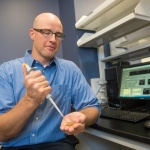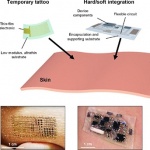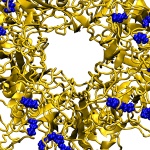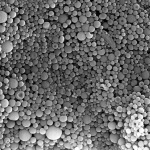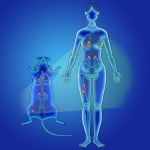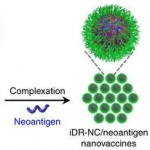
Article • Heard at the British Cardiovascular Society conference
The role of nanomedicine in CV diagnosis
Nanomedicine will play an increasingly important role in future diagnosis and treatment of cardiovascular disease, a subject explored in detail by four expert speakers at the British Cardiovascular Society conference in Manchester in June. The conference heard that the technology – dealing with dimensions and tolerances of less than 100 nanometres, especially the manipulation of individual…



